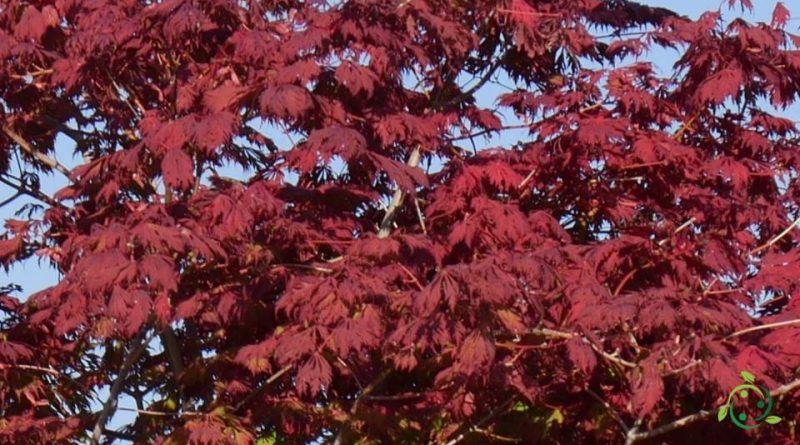Reproduction of the Japanese maple
Reproduction of the Japanese maple
The Japanese maple (Acer palmatum Thunb.) Is a shrub of the Sapindaceae family, native to the Far East. It is a very popular species as an ornamental plant.
Suitable breeding habitat –
Acer palmatum is a plant native to an area that includes Japan, Korea, Taiwan and China where it grows in hilly and mountain broad-leaved woods in a temperate climate on soil rich in organic substance, in an altitude range between 100 and 1300 m . sl.m ..
Propagation –
The Japanese maple has been cultivated for centuries in Japan for its posture and the beauty of its foliage, particularly evident in autumn when it takes on a bright red color. Widely cultivated in nurseries where many cultivars can be found, mainly reproduced by cuttings. Much appreciated also in the bonsai technique, thanks to the great adaptability to cultivation in pots. It has no particular needs as regards the type of soil but fears water stagnation and excessively cold currents; as far as exposure is concerned, it is necessary to take into account that, while loving sunny exposures, shading is recommended during hours with excessive insolation in warmer climates (in particular for green or variegated leaf varieties). It does not particularly like pruning, especially the more severe ones, to which it reacts poorly.
Propagation occurs by seed. Sowing should be done as soon as the seed is ripe in a cold environment and usually germinates the following spring. It is advisable to soak the stored seed for 24 hours and then stratify for 2 – 4 months at 1 – 8 ° C. It can be slow to germinate. The seed can be harvested ‘green’ (when fully developed but before it has dried out and produced any germination inhibitors) and sown immediately. It should germinate in late winter. If the seed is harvested too early, it produces very weak plants or may not germinate.
The seedlings are then placed in individual pots, where they grow to a height of 20 cm or more before transplanting them in the open field.
Propagation can also be done through cuttings obtained from young shoots in early summer. The cuttings should have 2 – 3 pairs of leaves, plus a couple of buds at the base. It is recommended to remove a very thin portion of bark at the base of the cut, rooting is improved if a rooting hormone is used. Rooted cuttings must sprout during the summer before being potted otherwise they are unlikely to survive the winter.
Ecology –
Acer palmatum is a species native to the Far East, in an area located between Japan, Korea, Taiwan and China where it grows in hilly and mountain broad-leaved woods in a temperate climate. This plant is often used as an ornamental. Acer palmatum can be found in courtyards, along roadsides and in streams.
This plant has escaped cultivation, has naturalized and is considered a weed in some areas of the world as well as in some parts of Australia.
He naturalized in the eastern United States and in Hawaii, Canada and New Zealand. Widespread use of this plant increases the likelihood that others will escape from cultivation.

